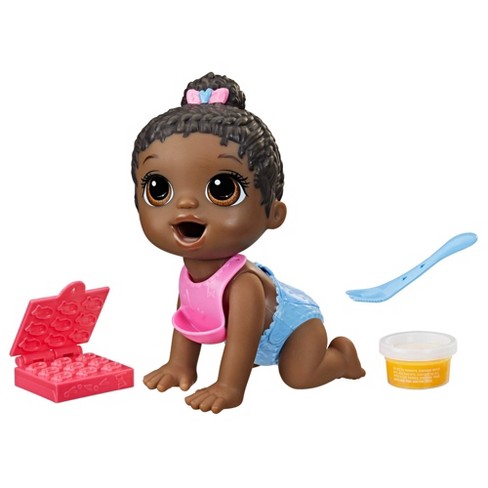

"The one way that they could make a statement was through their dance and their dress and their song. residential segregation was practiced, job discrimination was practiced women didn't have the right to vote," she says. It was about fun, Vaz says, but it was a kind of laughter to keep from crying. The baby dolls carried walking sticks they would use in their dances, as well as to defend themselves. "If you went to touch their garter, they would hurt you," she says. Vaz says they just kept piling on by appropriating males behaviors like smoking cigars and flinging money at the men. And as sex workers, these women were already taboo. Just the fact that these prostitutes were masking and going out into the street at all was a big deal. "So it had all that double meaning in it because African-American women weren't considered precious and doll-like." "At that time, baby dolls were very rare and very hard to get," Vaz says. There was, however, something subversive about black sex workers dressing this way. They call us baby dolls, and let's be red hot,' " Vaz says.Ĭalling a woman "baby" had just made its way into the popular lexicon, with songs like "Pretty Baby" written by New Orleans native Tony Jackson. "And they said, 'Let's just be baby dolls because that's what the men call us. One year the women in the black district heard that their counterparts in Storyville were going to dress up for Mardi Gras they decided they needed to come up with some good costumes to compete. " another manifestation of how Jim Crow worked to disenfranchise black people, even in the most sordid of industries," Vaz says.īetween these two red-light districts, there was a kind of rivalry. This 1942 photo provided by the Louisiana State Museum shows Gold Digger Baby Dolls, one of the neighborhood groups that adopted the "baby doll" costumes.


 0 kommentar(er)
0 kommentar(er)
